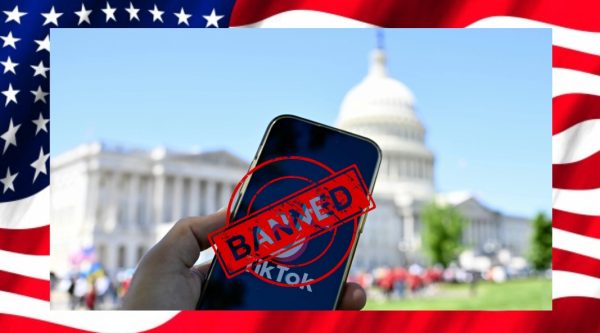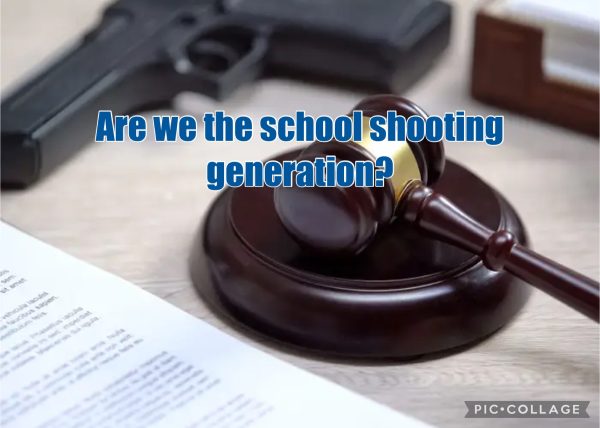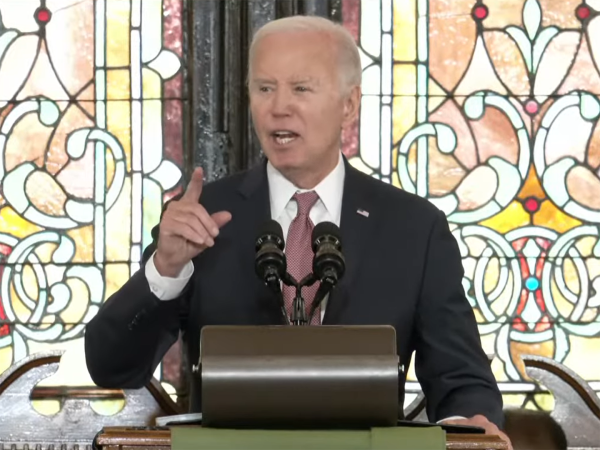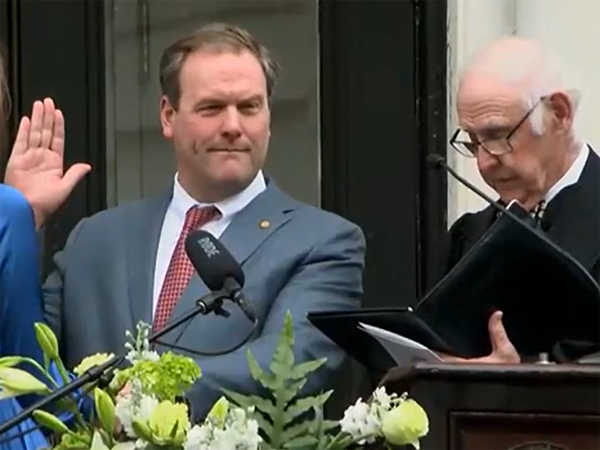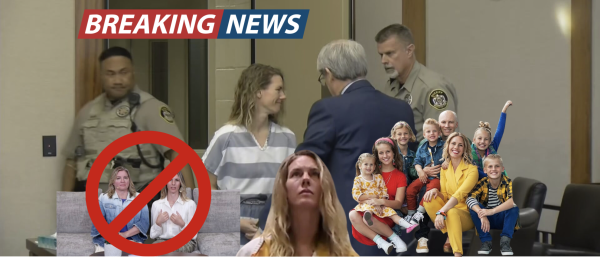The Storming of the U.S. Capitol
01.06.2021
January 6th, 2020 will go down in history as one of the scariest days in America. In a calculated attempt to uproot democracy, a mob comprised of extremist Trump supporters armed with bats, shields, and chemical spray stormed the Capitol building just last Wednesday. Occurring during the confirmation vote of president-elect Joe Biden, some flaunted Confederate flags and decked themselves out in fur, horns, and body paint inspired by QAnon to protest their election objections.
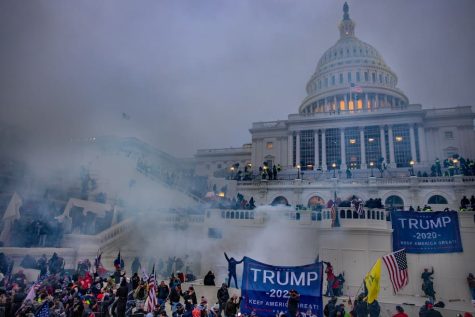
How could an angry mob possibly manage to breach the U.S Capitol building, considering the high-level security usually occupying architectural sights of such significance? When confronted with this question, Tim Ryan, head of the House Appropriations Committee’s legislative branch subcommittee gave interesting insight. He explains, “The reinforcements that we thought — that I was told would be in place — that the National Guard was engaged, that D.C. metro police was engaged, that the SWAT teams were engaged, that we were prepared for this.” Ryan claims to have engaged with both the Capitol Police and the sergeant at arms about the threats of violence, claiming he had been assured just Tuesday evening that the Capitol grounds were secure and that the department was coordinating with the Secret Service, D.C. police and the National Guard. Though clearly, someone along the line failed to distribute or stress this information, as rioters were initially met with minute resistance. Ryan asserts, “There as a strategic breakdown, for sure, and you can bet your a– we are going to get to the bottom of it.” Many historians believe this alleged miscommunication marks one of the worse national security lapses in history. According to Ryan, “There was not supposed to be anyone near the Capitol. You would be reasonably close, to be able to protest and express your view, but nobody belongs on the Capitol plaza. Nobody ever goes on the Capitol steps. … Those were illegal acts, and those people should have been immediately arrested.”
“This is how election results are disputed in a banana republic — not our democratic republic. I am appalled by the reckless behavior of some political leaders since the election,”
— former President George W. Bush
The almost complete lack of police presence at the Capitol building that day just amplified the feeling of lawlessness looming on Pennsylvania Avenue. In the wake of such extraordinary chaos, many have questions for Capitol Police Chief Steven A. Sund, such as, “How do you explain the viral videos showing officers allowing protesters through a gate onto Capitol grounds, or the ones posing for selfies with them?” Well, quickly he resigned alongside both the House and Senate sergeants at arms. In an interview with The Washington Post on Sunday, Sund blamed his bosses on the police board for not proactively responding to the multiple requests to put D.C. National Guard on standby. Both House Sergeant at Arms Paul Irving and Senate Sergeant at Arms Michael Stenger have refrained from commenting.
Many members of Congress hope for a full-scale investigation into what went wrong on January 6th, given that all of their lives were put at risk. Not only that, but the mo, many say incited by Trump, actively delayed the counting of electoral college votes, a process pivotal to the United States presidential election. While several officers suffered injuries from the crowd, they did make several arrests on charges such as: carrying pistols without licenses, possession of a prohibited weapon, curfew violations, and unlawful entry. In addition to these offenses, the words “domestic terrorism” have started circulating in discussions of the riot. Police recovered two pipe bombs at the Democratic National Committee and Republican National Committee offices and found a cooler containing Molotov cocktails on U.S. Capitol grounds. The FBI cites the definition of terrorism located in 18 U.S. Code 2331(5): “the unlawful use of force and violence against persons or property to intimidate or coerce a government, the civilian population, or any segment thereof, in furtherance of political or social objectives.” The FBI further defines domestic terrorism as acts intended to be a means to “intimidate or coerce a civilian population; [or] Influence the policy of government by intimidation or coercion.” The storming of the Capitol involved people threatening violence to intimidate democratically elected representatives, vandalizing government property, deliberately delaying the U.S. electoral process, and rejecting the peaceful transfer observed by U.S. governance, all of which arguably denote terrorism.
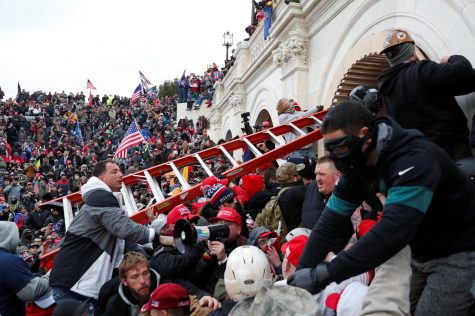
While the emerging Biden administration attempts to respond, the threat has not yet ended. Virginia state Sen. Amanda F. Chase (R-Chesterfield), a Trump-style populist who briefly attended the riot asserts, “I support peaceful protest, but I’m telling you, when you back the people of Virginia and across the United States of America into a corner, you’ll end up with a revolution. And I believe that’s what you’re starting to see.” A man carrying a wooden bat at the storming affirmed, “Next time we’ll come back with rifles. And that’s not an idle threat.”
All four living former presidents — Barack Obama, George W. Bush, Bill Clinton and Jimmy Carter — denounced Wednesday’s events, with two of them going as far as to condemning President Trump by name for inciting the riot.



